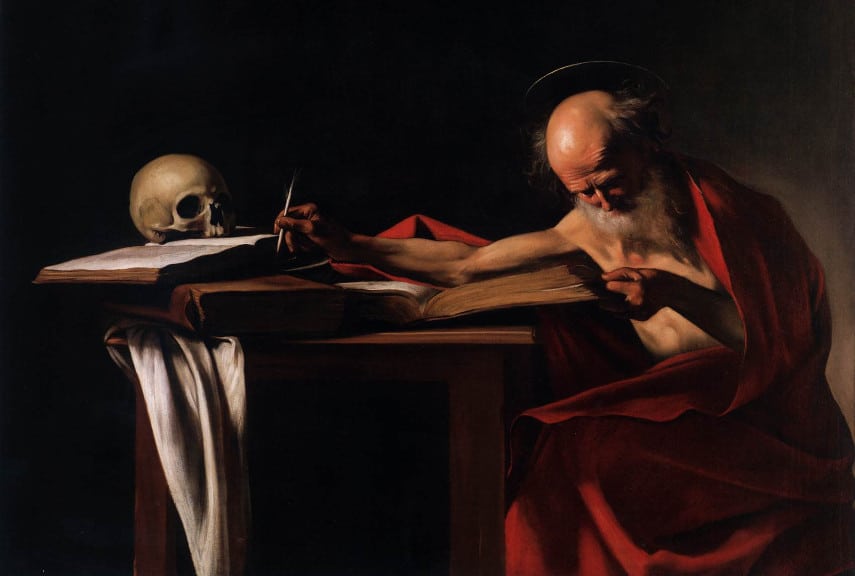Tenebrism, a powerful and captivating technique that emerged during the Baroque period in the early 17th century, has left an indelible mark on the history of art. Characterised by its striking use of light and shadow to create depth, atmosphere, and emotional intensity, tenebrism played a crucial role in defining the visual language of this era.
Pioneered by renowned artists such as Caravaggio and later adopted by others like Artemisia Gentileschi and Jusepe de Ribera, this technique continues to inspire artists and art enthusiasts alike. In this article, we will delve into the origins, history, and famous examples of tenebrism, shedding light on its enduring impact on the world of art.
Defining Tenebrism

Tenebrism, derived from the Italian word “tenebroso” meaning “dark” or “gloomy,” is an artistic technique characterised by the dramatic use of light and shadow to create a sense of depth and atmosphere. Often associated with the Baroque art movement, tenebrism involves the stark contrast between illuminated areas and deep shadows, resulting in a heightened sense of drama and emotional intensity within a painting.
A Brief History of Tenebrism

Tenebrism emerged during the Baroque period, a time of great artistic innovation and experimentation. The technique was popularised by artists such as Caravaggio, who became known for his striking use of light and shadow to create powerful, emotive scenes. Tenebrism became a defining characteristic of the Baroque painting style, with many artists of the time incorporating the technique into their work to emphasise the drama and tension within their compositions.
Famous Artworks Showcasing Tenebrism

Several notable paintings are known for their masterful use of tenebrism, including:
- The Conversion of Saint Paul by Caravaggio: This dramatic scene depicts the moment when Saint Paul is struck down by divine light, with tenebrism accentuating the intensity of the experience.
- The Night Watch by Rembrandt van Rijn: In this iconic group portrait, tenebrism is used to create a sense of depth and focus, directing the viewer’s attention to the central figures.
- The Martyrdom of Saint Bartholomew by Jusepe de Ribera: The stark contrast between light and shadow in this painting heightens the emotional impact of the saint’s suffering.
In each of these examples, the use of tenebrism serves to evoke strong emotions and add depth to the artist’s message, illustrating the power of this technique.
Tenebrism vs. Chiaroscuro: Understanding the Difference
While tenebrism and chiaroscuro are often used interchangeably, they are distinct techniques with unique characteristics. Both involve the use of light and shadow to create depth and atmosphere, but there are key differences between the two:
- Tenebrism is characterised by a more pronounced contrast between light and dark areas, often resulting in a greater sense of drama and emotional intensity.
- Tenebrism is the intentional use of light and shadow to create a sense of drama in an artwork, whilst chiaroscuro is the use of light and shadow to create contrast. Many paintings with intense contrast between light and dark could be described to exhibit use of both chiaroscuro and tenebrism.
- Chiaroscuro, on the other hand, involves a more subtle gradation of light and shadow, creating a softer, more naturalistic effect.
Despite these differences, both techniques have played an important role in the history of art and continue to inspire artists today.
Finally
In conclusion, tenebrism offers a fascinating glimpse into the power of light and shadow in art. By exploring the origins, history, and famous examples of this technique, we can better appreciate the impact tenebrism has had on the evolution of artistic expression and the ways in which it continues to influence artists today.

